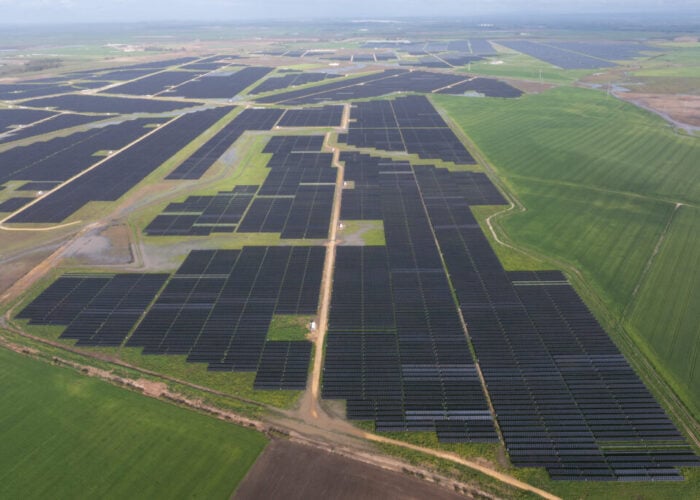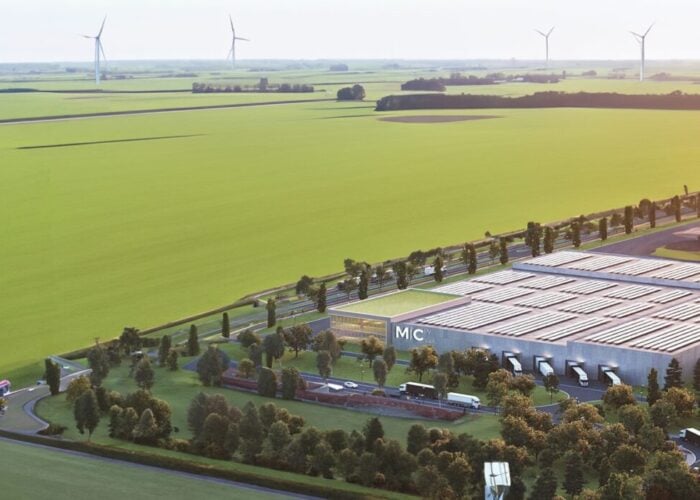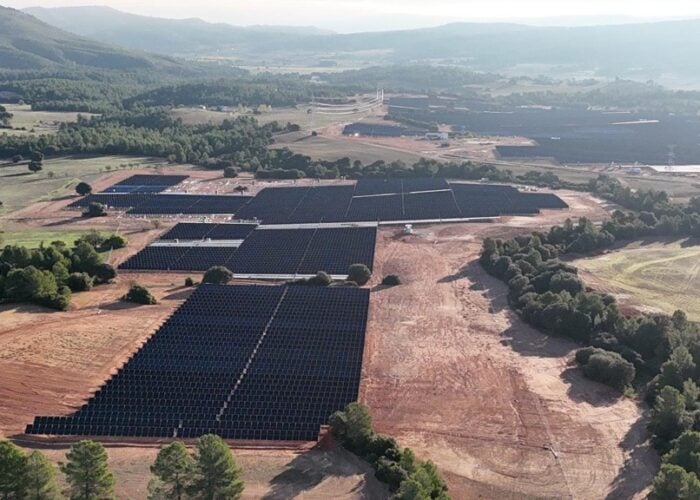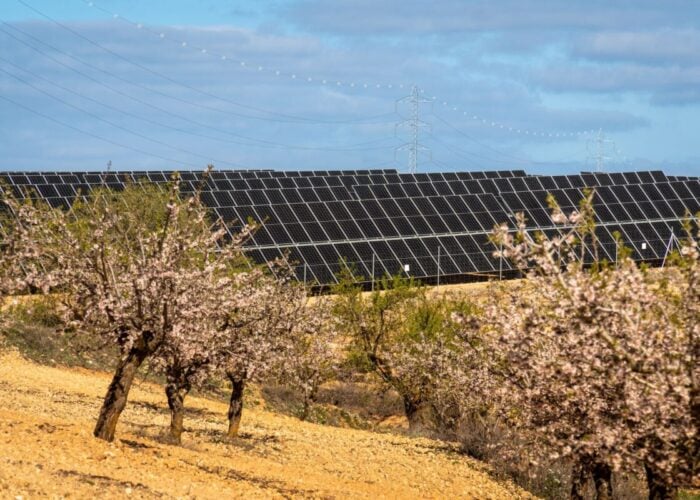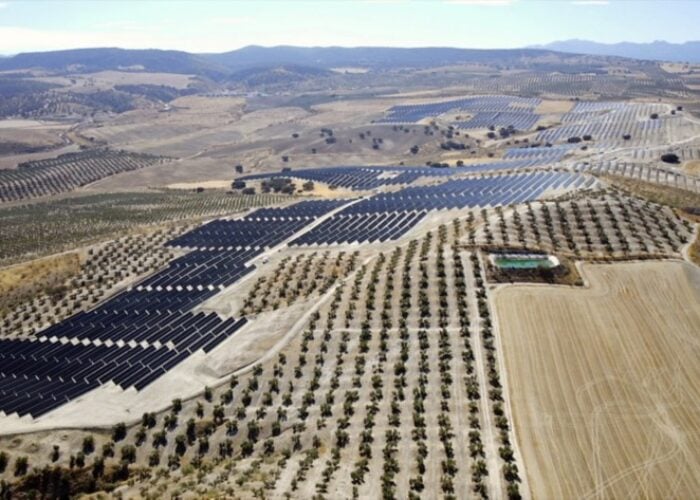
Spanish energy giant Iberdrola has partnered with oil and gas majors bp and Enagas on a feasibility study to develop a large-scale green hydrogen project in Valencia.
The project will be based at bp’s refinery in Castellón, replacing the grey hydrogen that is currently used in the production of biofuel.
Try Premium for just $1
- Full premium access for the first month at only $1
- Converts to an annual rate after 30 days unless cancelled
- Cancel anytime during the trial period
Premium Benefits
- Expert industry analysis and interviews
- Digital access to PV Tech Power journal
- Exclusive event discounts
Or get the full Premium subscription right away
Or continue reading this article for free
It will be comprise of a 20MW electrolyser powered by renewable energy, including a 40MW solar PV system, although it is hoped that the electrolyser’s capacity could be scaled up to 115MW at a later stage.
The project, which will require a US$90 million investment to construct, could start commercial operations in 2023, according to a statement from Iberdrola.
Carlos Barrasa, bp Spain’s chairman, said the study “reinforces our commitment to hydrogen as a fuel of the future”.
It is the second green hydrogen partnership Iberdrola has announced this month. The company said it is also planning to build a solar-plus-hydrogen power project at ceramic tile maker Porcelanosa’s factory in Villarreal to decarbonise its production process. The company revealed plans to form a new business unit focused on hydrogen last September that will use 100% green energy in the electrolysis process, in a bid to respond to the electrification and decarbonisation needs of industry and heavy transport.
Ángeles Santamaría, Iberdrola Spain’s chief executive, said the company will focus its green hydrogen research and development on sectors that are “difficult to decarbonise”.
“Together, we will contribute to advancing the technological maturity of green hydrogen, turning it into a competitive solution for the medium-term decarbonisation of industry and heavy transport”.
Marcelino Oreja, Fot Enagas’ chief executive, added that collaboration between companies, administrations and institutions is “essential for these projects to become a reality, and this is a clear example of joint co-operation.”
Energy companies such as Iberdrola and LONGi Green Energy have thrown their weight behind green hydrogen development in the past year as renewable energy prices have fallen and become competitive with fossil fuels. A recent study from BloombergNEF claims that green hydrogen could become cheaper than natural by 2050, falling by 85% over the next 30 years. The European Union launched its green hydrogen strategy last year, while large-scale green hydrogen projects have also cropped up in Spain, Australia, France and Saudi Arabia in recent months.
Last month, Lightsource bp, bp’s renewable energy joint venture, announced it will spend close to £20 million of government funds pairing a 20 – 50MW utility-scale solar array with a battery energy storage facility, which will then be used to power an electrolyser, generating green hydrogen for use by a local steel manufacturer in the UK.

